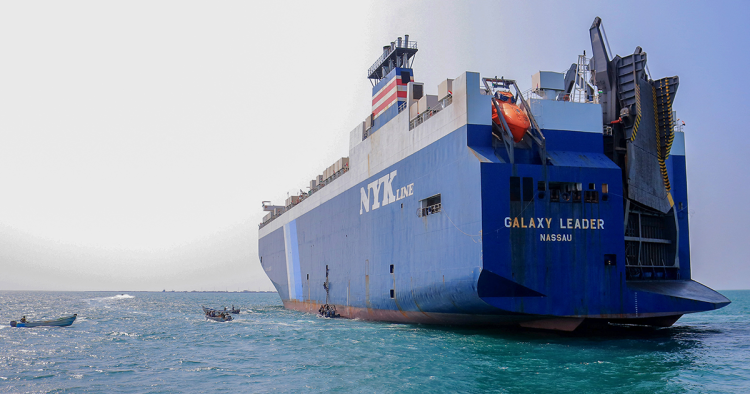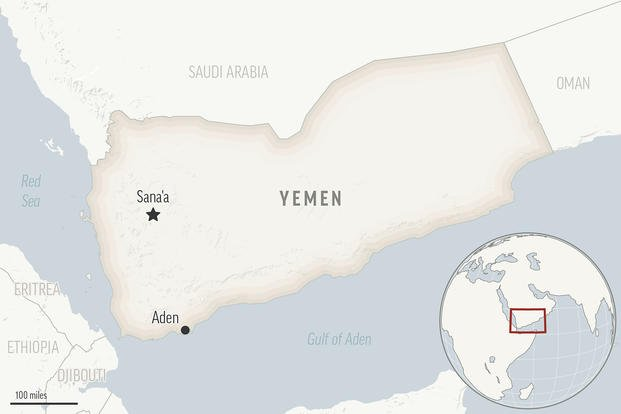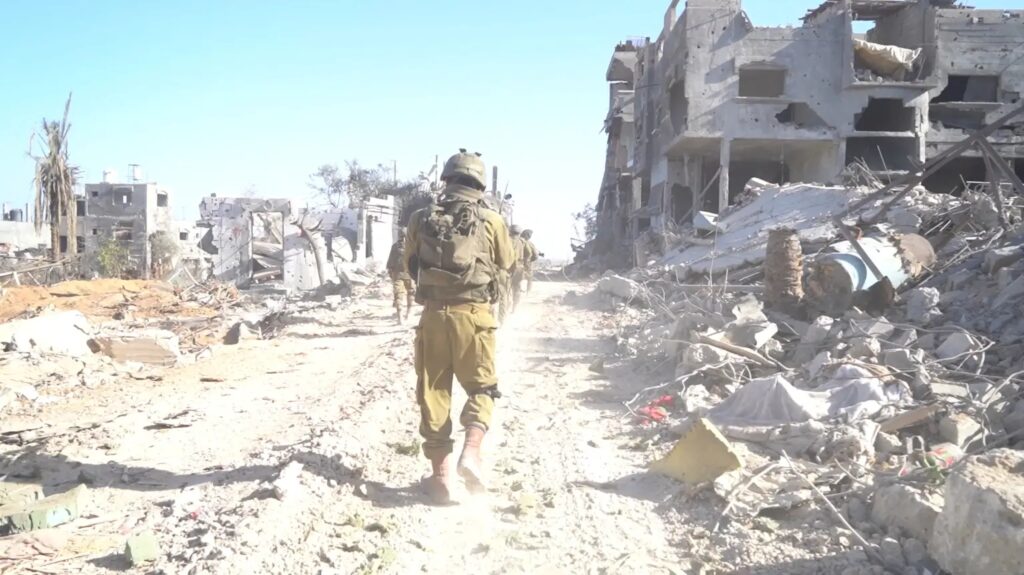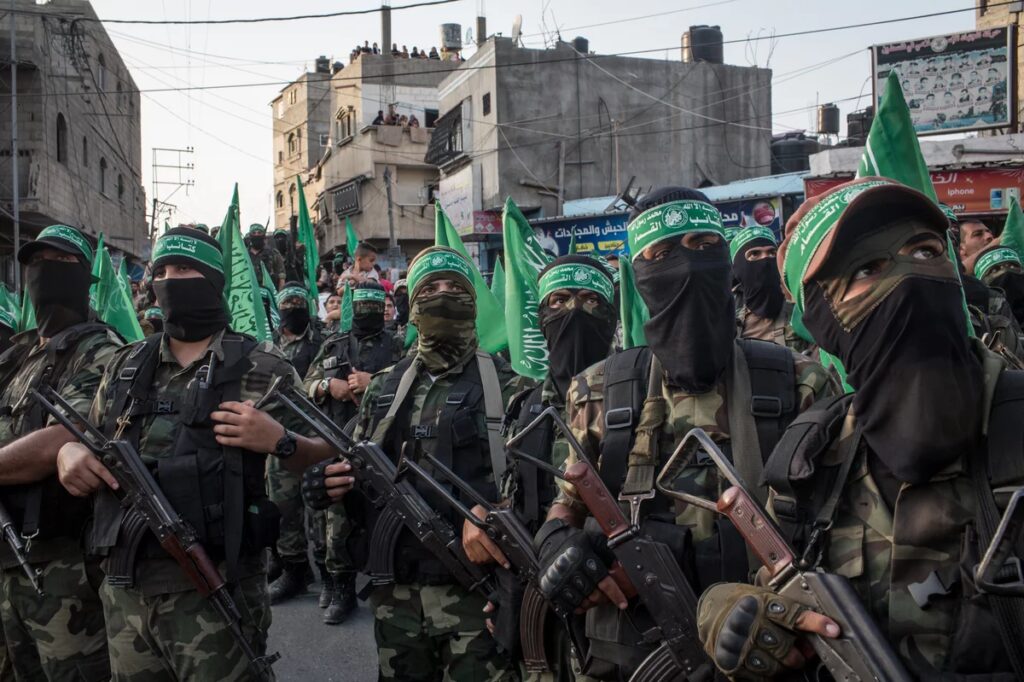The Houthis’ Red Sea missile and drone attack: Drivers and implications
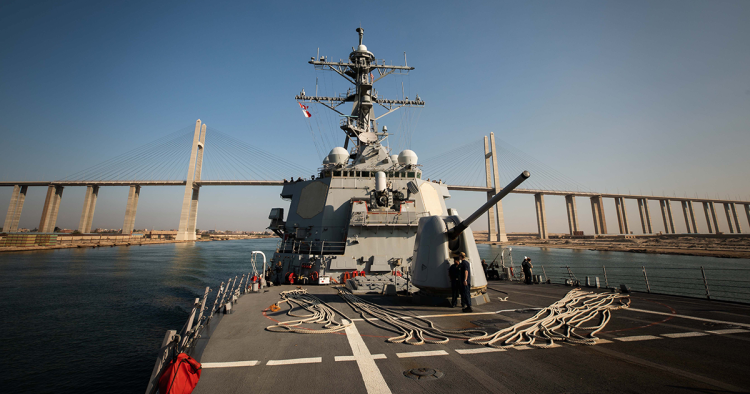
On Oct. 19, the Pentagon press secretary, Air Force Brig. Gen. Pat Ryder, confirmed that the Iran-backed Houthi militia targeted the USS Carney, an Arleigh Burke-class guided-missile destroyer, in the Red Sea. The USS Carney reportedly intercepted three cruise missiles and several drones without sustaining any damage or casualties. Although the Houthis have yet to claim responsibility for the attack, the drones and missiles were likely fired from north-western, Houthi-held positions in Hodeida and Hajjah governorates on Yemen’s Red Sea coast and were headed “north” without an established target at the time of reporting. Since September, the Houthis have reportedly intensified their naval military training in al-Luhayya district in northern Hodeida and brought in new medium and heavy weapons capabilities, suggesting that they intend to launch an attack on strategic maritime and trade routes, a senior military official told the author.

